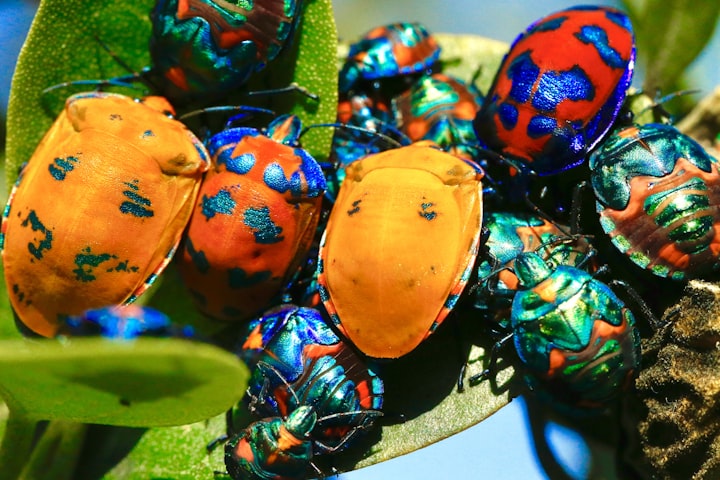
Cockroaches, those infamous nocturnal insects that scuttle through our kitchens and bathrooms, are the stuff of nightmares for many people. Their mere presence is often enough to send shivers down our spines. But what is it about cockroaches that makes them so universally repugnant? In this article, we will delve into the reasons why cockroaches are considered disgusting by so many.
In the ancient Egyptian Book of the Dead, a spell is cast to banish the loathsome cockroach, and over 3,000 years later, we're still grappling with these persistent insects. Despite employing various means, from poison traps to hastily wielded slippers, cockroaches continue to endure nearly every challenge we throw at them. So, what is it that makes cockroaches so resilient?
There exist almost 5,000 distinct cockroach species, with 99% of them residing in diverse environments where they play crucial ecological roles by decomposing dead or decaying organic matter and supporting other creatures. Nevertheless, a handful of species have adapted to coexist closely with humans, with German and American cockroaches being the most prevalent among them. Their toughness is a result of a combination of physical and chemical adaptations.
When it comes to conventional extermination methods, these pests prove to be remarkably unyielding. The sensory hairs and structures of an American cockroach can detect subtle air currents and swiftly relay signals to its central nervous system. This allows the cockroach to make a rapid escape within milliseconds, making it one of the fastest invertebrates known, reaching speeds equivalent to a human running at over 300 kilometers per hour. Their flattened and flexible bodies enable them to effortlessly slip into spaces less than a quarter of their height. Even if we manage to strike them, they can absorb and distribute the impact, withstanding forces up to 900 times their own weight.
The tenacity of cockroaches doesn't stop there. They have an extensive diet that includes various organic materials like hair, dead skin, adhesives, and paper, thanks to a wide array of digestive enzymes. This ability allows them to thrive even in environments with low-nitrogen, essential for DNA and proteins, as they store nitrogen-containing waste and have bacteria in their bodies recycle the nitrogen into useful molecules. Meanwhile, German cockroaches don't hesitate to consume their own waste, vomit, and dead or dying colony members. Their genes provide them with immunity against various pathogens, often duplicated multiple times, enabling their immune system to release numerous antimicrobial molecules when infected.
Cockroaches have developed numerous defenses against pesticides. When a non-resistant cockroach comes into contact with a pyrethroid insecticide, it's likely to be fatal. The chemical binds to sodium channel proteins, which are crucial for nerve impulses. The pyrethroid keeps these sodium channels open, causing repeated nerve firing and eventual death. However, resistant cockroaches possess genetic mutations that prevent the pyrethroids from binding to their sodium channels. They also produce more detoxification enzymes, rendering the pesticide harmless and excreting it as waste. Due to their rapid reproduction, German cockroach populations can quickly evolve resistance to new pesticides, already showing resistance to 43 different chemicals.
Contrary to popular belief, cockroaches would not likely survive a nuclear catastrophe. Compared to other insects, they only exhibit mild tolerance to radiation and would likely succumb near nuclear blast sites, with severe impairment extending for miles. Additionally, disasters that threaten human existence also endanger the habitats and food sources that cockroaches depend on. Perhaps the only way to defeat them is through mutual destruction, or perhaps cockroaches might find unforeseen ways to thrive long after we're gone.
Cockroaches are the stuff of nightmares for many, and it's not hard to understand why. Their association with filth, disease, rapid reproduction, unpleasant odor, invasive behavior, allergen production, and resilience all contribute to our collective disgust. Whether it's the sight of them scurrying across the floor or the stench of their presence, cockroaches are creatures we love to hate. The battle against these repulsive insects is a never-ending one, but understanding the reasons behind our disgust can help us develop effective strategies for their control and eradication.
About the Creator
Enjoyed the story? Support the Creator.
Subscribe for free to receive all their stories in your feed. You could also pledge your support or give them a one-off tip, letting them know you appreciate their work.





Comments
There are no comments for this story
Be the first to respond and start the conversation.